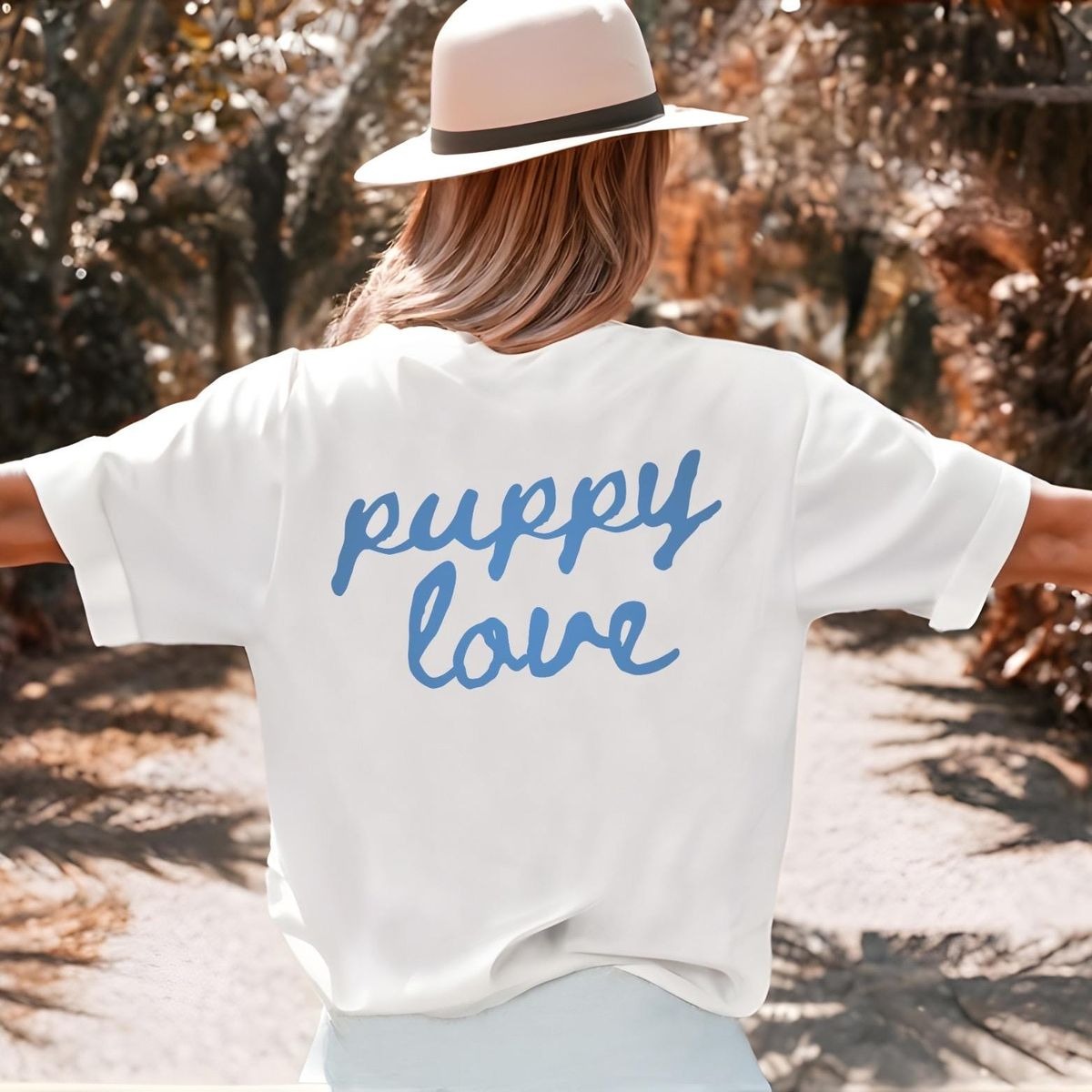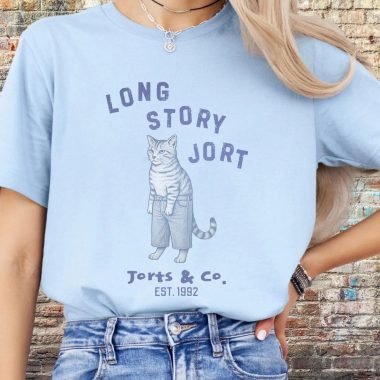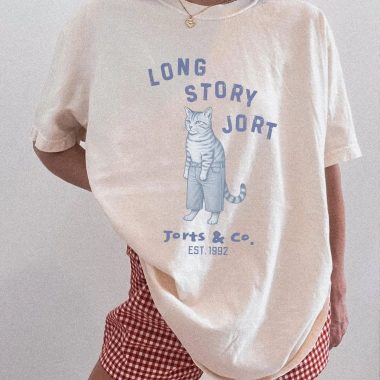Fashion is not merely a social phenomenon, a commercial enterprise, or a creative discipline—it is a living philosophy. It operates not only on the skin but within the mind and heart. It travels across continents, transcends generations, and speaks silently yet powerfully in every corner of the globe. Though often dismissed as ephemeral or materialistic, fashion carries profound depth. It is a mirror of civilization, a stage of power, a testament to memory, and a projection of hope. From prehistoric ornamentation to digital avatars dressed in pixelated couture, fashion has evolved alongside humanity, reflecting our fears, desires, achievements, and contradictions. It is, in essence, the visible soul of humanity. The deeper we look into fashion, the more clearly we see ourselves—not just as individuals, but as societies, cultures, and collective histories.
The very earliest expressions of fashion were more than functional—they were symbolic acts. Ancient peoples who painted their bodies, braided animal hides, and adorned themselves with beads or feathers were not merely shielding themselves from weather or danger. They were creating identity, signaling belonging, and invoking the sacred. In tribal communities, garments and body markings were used to differentiate gender roles, social status, clan allegiance, and spiritual power. Clothing became a ritual, a rite of passage, a message to gods, spirits, and fellow humans. In this way, fashion was born not in the palace, but in the forest, the cave, the village—a creation of meaning in a world where survival and symbolism were one and the same.
As agriculture and settlement reshaped human existence, fashion took on more complex social functions. In early civilizations like Mesopotamia, the Nile Valley, the Indus River region, and the Andes, textile production became both a domestic necessity and a cultural art. The loom was not merely a tool of utility; it was an instrument of legacy. Weaving passed from mother to daughter, carrying motifs that told stories of ancestors, gods, fertility, and nature. In these societies, fashion functioned not as seasonal novelty, but as intergenerational knowledge. Dyes from roots, insects, and minerals infused garments with sacred color symbolism. Shells, bones, and stones sewn into tunics had protective and ceremonial purposes. Every thread told a story, every pattern a poem.
With the rise of empires, fashion grew into a tool of power and political expression. In imperial China, colors like yellow were reserved exclusively for the emperor, while the dragon motif symbolized absolute authority. In ancient Rome, the toga was not just a garment but a marker of citizenship, morality, and male status. In pre-colonial African kingdoms, such as Mali, Benin, or the Ashanti Empire, fabrics like kente and adire were visual languages that conveyed wisdom, honor, and social responsibility. In Japan, the kimono became a codified art, where sleeve length, hem shape, and color revealed age, season, marital status, and emotional state. Clothing was no longer a passive object but an active participant in the theater of social order and philosophical worldview.
During the medieval and Renaissance periods, fashion became a symbol of feudal hierarchy and divine right. Sumptuary laws restricted what people could wear based on their social class, gender, religion, and occupation. Silk, lace, gold, and velvet were carefully guarded materials, and their use was both political and sacred. Yet within these restrictions, creativity flourished. Tailors and seamstresses in Europe invented complex silhouettes, using corsets, hoops, and ruffs to exaggerate the human form into art. Fashion echoed the architectural and artistic marvels of the time: grand, structured, and symbolic of harmony between the divine and the mortal. In the Islamic world, layered robes, turbans, and veils blended modesty with opulence, while also celebrating geometry, calligraphy, and the beauty of proportion.
The arrival of colonialism and transoceanic trade networks introduced profound changes—many of them violent and exploitative. European fashions were imposed on colonized populations, often at the expense of native traditions. Indigenous dress was labeled “primitive,” and Western suits and dresses became compulsory for political and economic participation. Yet indigenous cultures resisted in extraordinary ways. They disguised traditional dress beneath colonial garments, hybridized fashion into new forms, and used clothing to preserve language, memory, and pride. African wax prints, Caribbean madras, Andean ponchos, Aboriginal body paint—all became acts of cultural survival in the face of erasure. Colonized people turned fashion into a weapon of resistance and identity reclamation.
The Industrial Revolution forever altered the relationship between fashion and the individual. The sewing machine, textile mills, and synthetic dyes enabled mass production on a scale never seen before. The aristocracy was no longer the sole arbiter of style. Middle and working-class consumers, newly urbanized and salaried, began to participate in fashion consumption. Department stores and catalogues brought choice to the public. Clothing became more than a necessity—it became a personal statement. Yet behind the scenes, exploitation deepened. Factory workers, many of them women and children, labored in dangerous conditions to produce fast, cheap fashion. The same industrial system that democratized fashion also dehumanized it, commodifying both garments and the hands that made them.
In the twentieth century, fashion exploded into an arena of ideology, innovation, and cultural war. It became a battlefield for identity. The roaring twenties rejected Victorian rigidity with flapper dresses and jazz-age glamor. The 1960s shattered post-war conservatism with miniskirts, mod suits, and tie-dye rebellion. Punk, hip-hop, and grunge emerged not from fashion houses but from the streets, giving voice to youth, rage, and resistance. Designers like Chanel liberated women from corsets. Others like Alexander McQueen exposed the pain and beauty of the human body in provocative, theatrical displays. The fashion world expanded into art galleries, film sets, and concert stages, becoming a kaleidoscope of expression.
As the twenty-first century dawned, fashion found itself at a paradoxical crossroads. On one hand, it became more inclusive than ever. Plus-size models, hijabi fashionistas, nonbinary creators, and disabled designers entered the global spotlight. The boundaries between genders, ages, and cultural origins were blurred. On the other hand, the same period witnessed the meteoric rise of fast fashion—a model based on speed, waste, and exploitation. Clothing became cheaper, more disposable, and more trend-driven. Entire ecosystems were disrupted by textile pollution. Rivers turned blue from chemical dyes. Millions of tons of unworn clothes filled landfills every year. The very industry that once celebrated craftsmanship and meaning began to confront the devastating consequences of its own success.
Amidst this crisis, a new consciousness emerged. Sustainability became not just a marketing strategy but a philosophical shift. Designers began returning to ancestral methods—natural dyes, hand-weaving, slow production. Upcycling, clothing swaps, and ethical sourcing gained popularity. The “buy less, buy better” movement resonated with younger generations seeking authenticity and responsibility. Digital fashion opened further possibilities: clothing that exists only in virtual space, creating zero waste while enabling endless creativity. Fashion became more than a product—it became a practice, a performance, and a promise to the planet.
Technology revolutionized the fashion landscape in ways no one had imagined. Artificial intelligence could now predict trends, personalize wardrobes, and even design entire collections. Virtual influencers wore digital outfits on platforms like Instagram, shaping taste without ever touching fabric. Smart fabrics tracked health metrics, adjusted to temperature, and changed color in real-time. Yet even amid these marvels, the human desire for meaning remained unchanged. A grandmother’s wedding dress, a child’s handmade costume, a shawl scented with memory—these remained irreplaceable. Technology could replicate garments, but never the emotional essence stitched into them by time and touch.
Fashion, at its highest form, remains an art of intimacy and imagination. It is a language without words, a time machine without wheels, a mirror without reflection. It allows people to experiment with identity, to rehearse futures, to grieve and celebrate, to disappear and to be seen. It can challenge the status quo, heal trauma, archive culture, and incite revolution. Every morning, when someone chooses what to wear, they engage with thousands of years of history, politics, emotion, and hope. They become part of a global ritual—ancient yet contemporary, universal yet deeply personal.
In the end, fashion is not merely about clothing. It is about who people are, how they wish to be understood, and what legacy they leave behind. It touches every corner of human life—from birth to death, war to peace, scarcity to abundance, oppression to freedom. It is not confined to runways or shopping malls; it lives in the way a community dresses for mourning, the way a mother braids fabric into her child’s hair, the way a people rebuild their culture after genocide through thread and color. Fashion is an eternal dialogue between the visible and the invisible, the personal and the political, the body and the soul.
As long as human beings exist—loving, fearing, dreaming, resisting—fashion will never end. It will transform, evolve, adapt, and challenge. But it will remain, because fashion is not just about what we wear. It is about who we are. And no matter how the world changes, that truth, like the thread of a well-worn garment, will endure.



